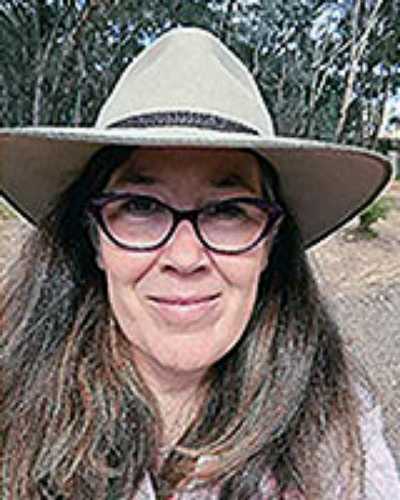Now published, see the full article 
Early Abstract:
Introduction: Rural populations in Australia rely upon local primary healthcare for medication abortion access. Yet little is known about how individual primary healthcare providers themselves negotiate the unique complexities of the rural health system to provide local abortion services.
Methods: To address this gap, we conducted qualitative, semi-structured interviews with primary healthcare providers in rural New South Wales (NSW). Recruitment strategies included sending invitations to all GP clinics in the Western NSW, distribution of flyers via professional networks and social media posts as well as snowballing. The Framework Method was used to conduct an inductive thematic analysis.
Results: We interviewed 16 rural general practitioners (GPs), nurses, midwives and women’s health clinic operational staff. Four themes were identified; (1) scarce abortion services place overreliance on availability and goodwill of local prescribers (2) lack of back-up support, financial incentives and training deter providers (3) interprofessional stigma, secrecy and obstruction (4) local abortion access require workarounds through informal rural networks. Participants described abortion exceptionalism within Australia’s health system and chronic rural workforce shortages in rural settings as unique and compounding challenges to local provision. Conversely, strong rural community networks were identified as important enablers of informal pathways to abortion within or around systemic barriers.
Conclusion: Improving rural abortion access in Australia requires attention to the numerous intersecting barriers that local primary care providers themselves face when providing services at the periphery of an unaccommodating health system.


